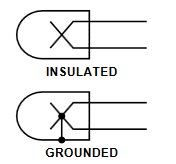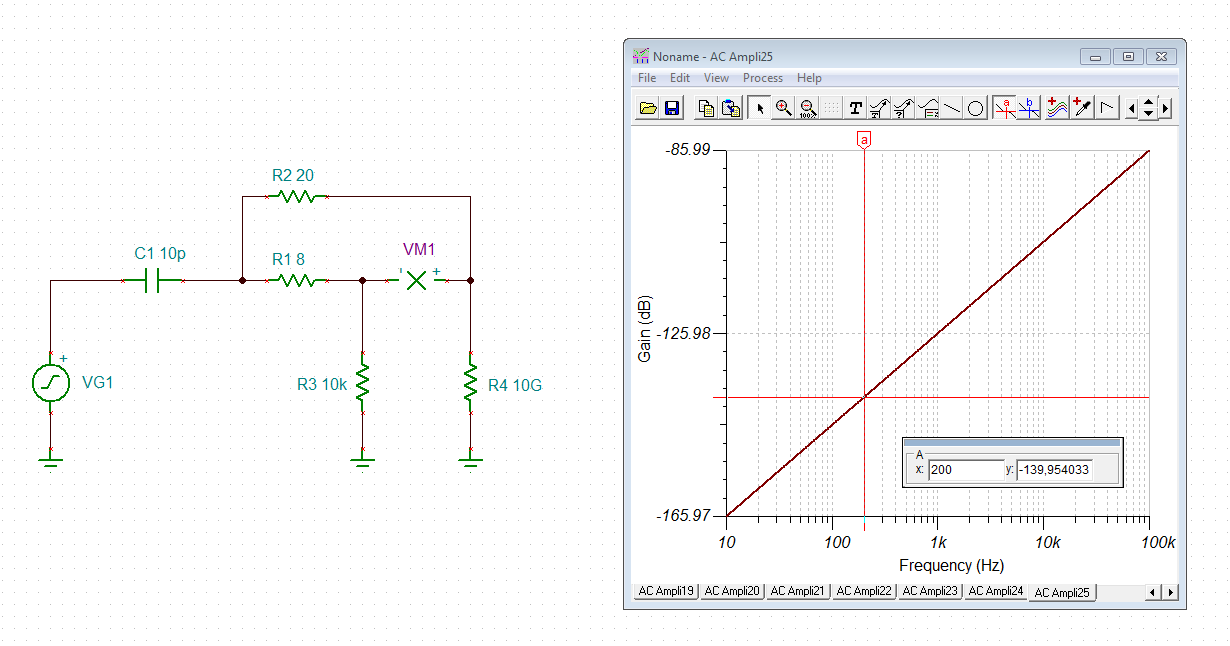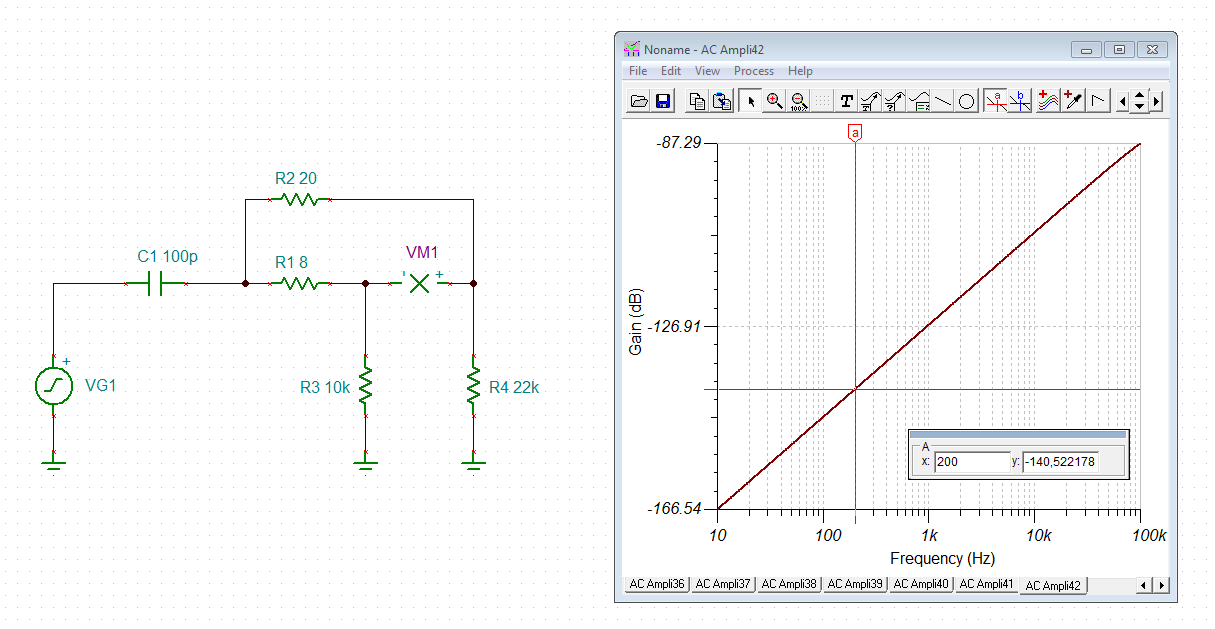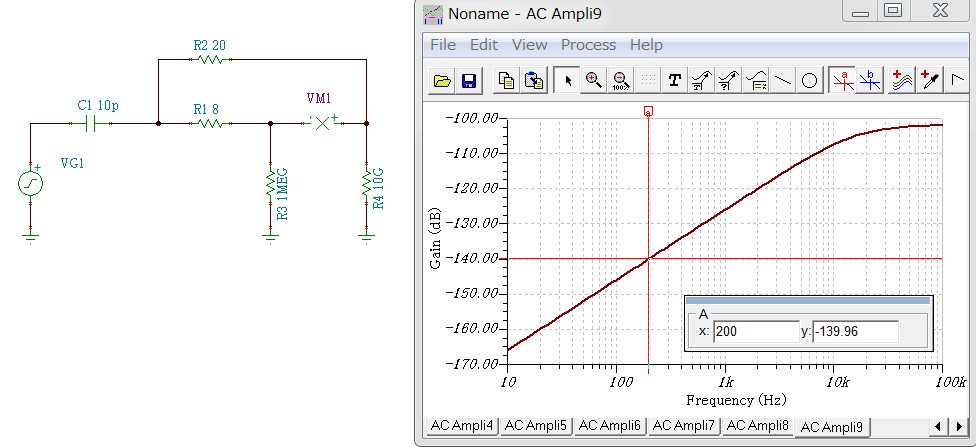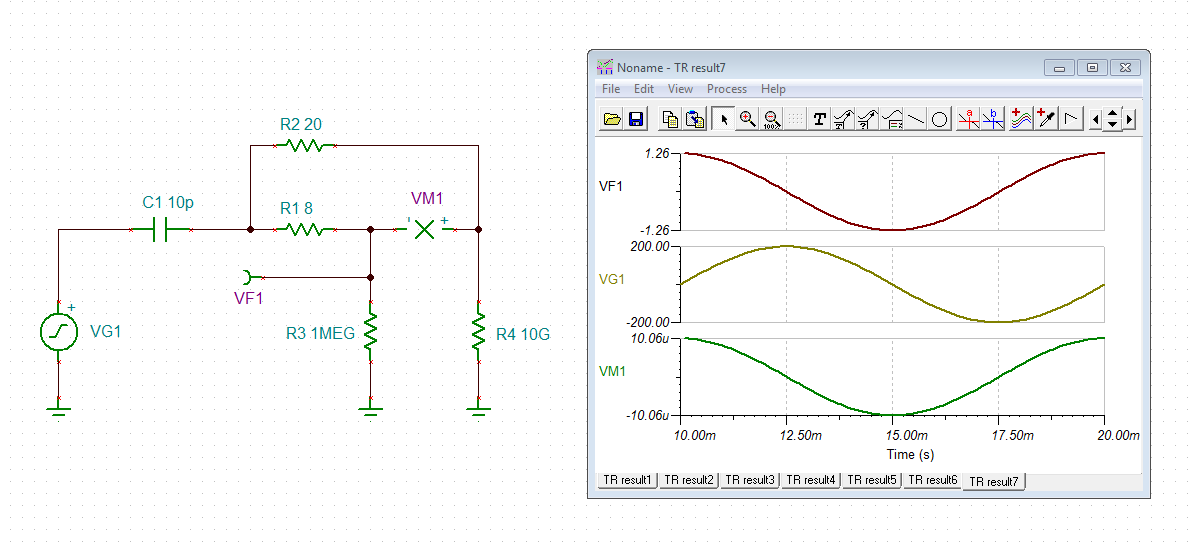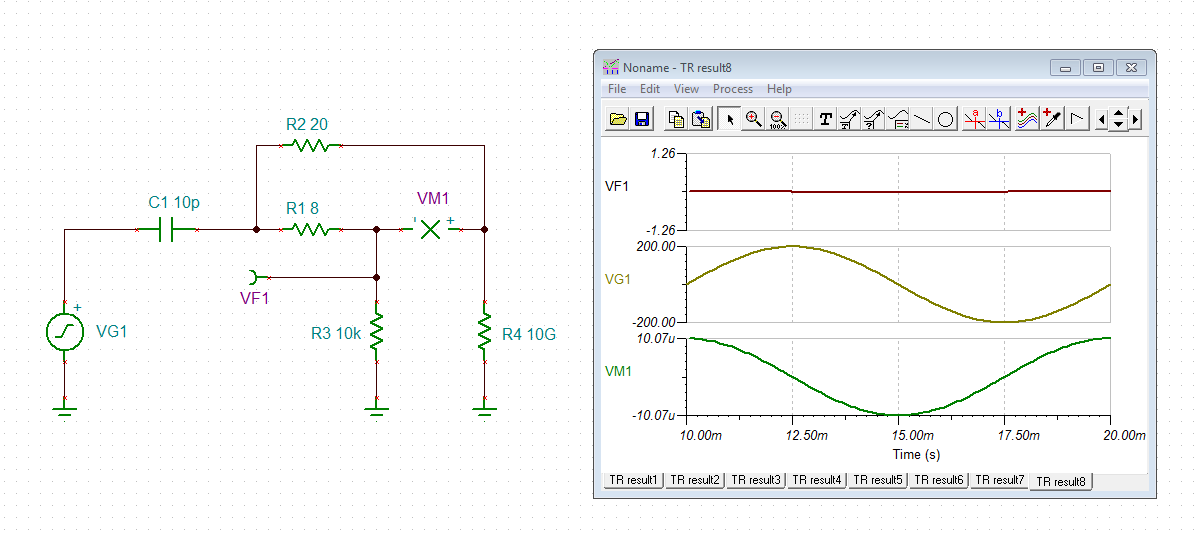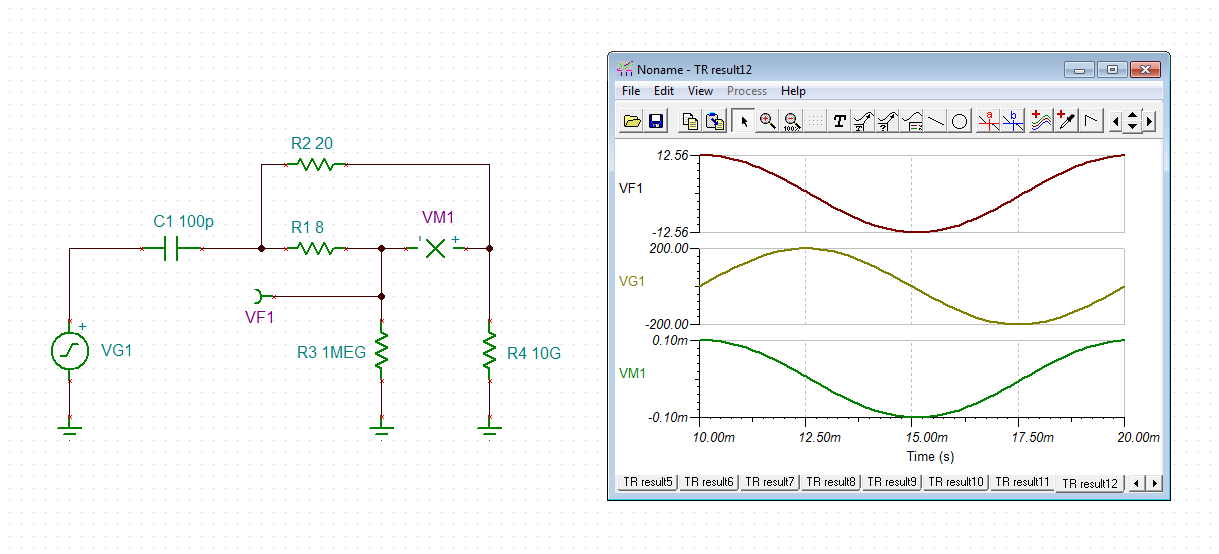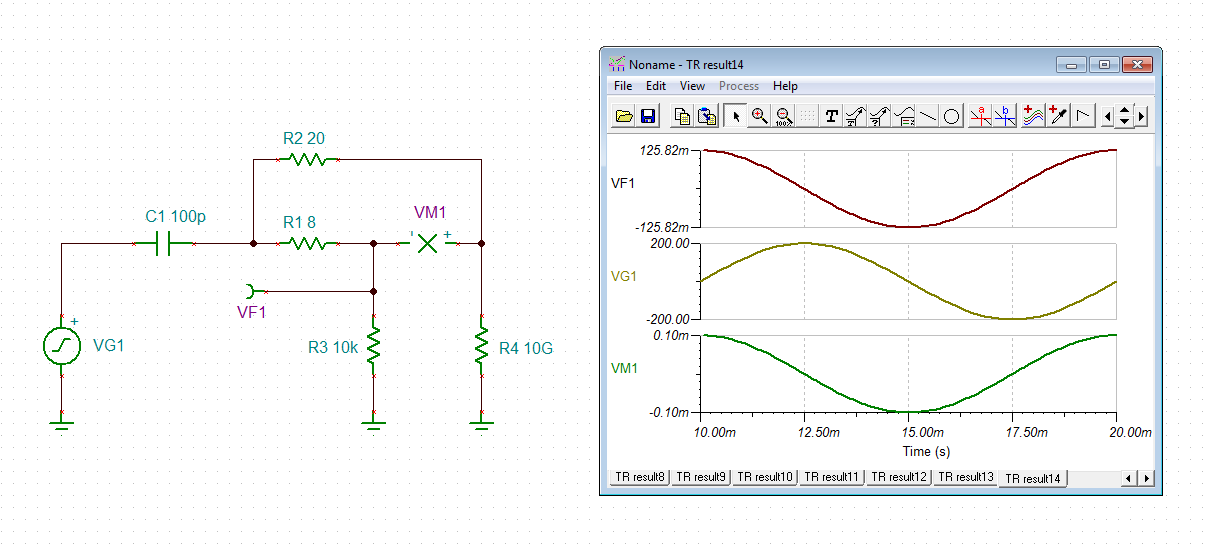Other Parts Discussed in Thread: ADS124S08, INA128
Dear Sir,
I have questions about the subject. INA129 d/s has section 8.2.2.4 description and three examples of Figure 26.
1) Does this current return path is not necessary for DC coupled signal source?
2) How to calculate the right resistance value (example is 10Kohm in figure 26) for thermocouple?
3) Does it require for RTD source? INA129 is put between RTD Lead resistances (100ohm each) and ADS124S08 inputs.
4) if yes, which one or two resistances will be connected? And how to calculate return path resistance value?
4) and if there is more detail technical description, application note and etc. it will be very nice to have.
Best regards,
Masa



